Maratha Reservation Case: Legal developments and SC observations
- ByAdmin --
- 19 May 2025 --
- 0 Comments
The Maratha reservation case has been a landmark in India's ongoing debate over affirmative action, social justice, and constitutional boundaries. It concerns the state of Maharashtra's attempt to provide reservation benefits to the Maratha community, which was challenged on constitutional grounds. This case raises critical issues related to the scope of reservations under the Constitution and the interpretation of the Mandal formula and the 50% ceiling on reservations.
Background of the Case
- The Maratha community, a dominant social group in Maharashtra, sought reservation benefits under the category of Socially and Educationally Backward Classes (SEBC).
- In 2018, the Maharashtra government passed a law providing 16% reservation for Marathas in education and government jobs, bringing the total reservation in the state to approximately 68%.
- The move was challenged in courts as it exceeded the 50% reservation ceiling established by the Supreme Court in various landmark cases.
Legal Issues Raised
- Whether the Maratha reservation law violated the basic structure of the Constitution by exceeding the 50% limit on reservations.
- Whether the Maharashtra government adequately justified the backwardness of the Maratha community.
- The role of the Mandal Commission and subsequent judicial precedents in defining the extent and limits of affirmative action.
Key Supreme Court Observations and Judgments
1. Initial Stay and Review
- The Supreme Court initially stayed the implementation of the Maratha reservation law in 2019.
- In 2020, the Court reviewed the stay, emphasizing the need to balance affirmative action with the constitutional mandate.
2. The 50% Reservation Ceiling
- The Court reiterated that the 50% ceiling on reservations, established in Indra Sawhney vs Union of India (1992), forms part of the basic structure of the Constitution.
- However, it also recognized that this limit is not absolute and can be exceeded in exceptional circumstances.
3. Social and Educational Backwardness
- The Court examined whether the Maratha community qualifies as socially and educationally backward.
- It acknowledged that certain sections within the Maratha community face disadvantages, but questioned if the community as a whole meets the criteria for reservation.
4. Intermediate Relief
- In a landmark order in 2021, the Supreme Court allowed temporary reservation benefits for Marathas in education but kept the job reservations on hold.
- This partial relief was seen as a balanced approach to uphold social justice while safeguarding constitutional principles.
Constitutional Provisions and Legal References
- Article 15(4) and 16(4) – Empower the state to make special provisions for socially and educationally backward classes.
- Article 14 – Guarantees equality before the law but allows affirmative action within constitutional limits.
- Basic Structure Doctrine – Introduced in the Kesavananda Bharati case (1973), it includes the principle that the reservation quota limit should not violate the Constitution’s fundamental features.
- Indra Sawhney vs Union of India (1992) – Landmark case that capped reservations at 50% and laid down criteria for backwardness.
Impact and Current Status
- The Maratha reservation case continues to be a test case on how states can extend affirmative action beyond traditional boundaries.
- The Maharashtra government is reviewing the law and exploring alternatives such as economic criteria-based reservations.
- The case has set a precedent on the judiciary’s role in balancing social justice demands with constitutional safeguards.
Conclusion
The Maratha reservation case underscores the complexity of affirmative action in India’s socio-political framework. While the Supreme Court has upheld the principle of reservation to uplift backward classes, it has also stressed the importance of not undermining constitutional equality and the basic structure. This case remains a significant reference point for future policies on reservation, equality, and social justice.

























































































































































































































































































































































































































































































































































































































































































































































































































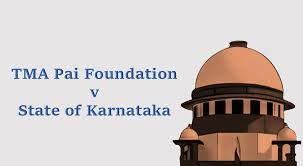

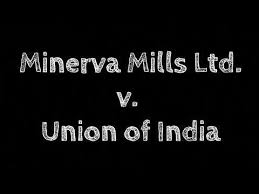
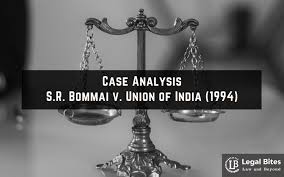





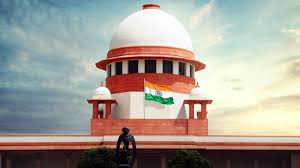


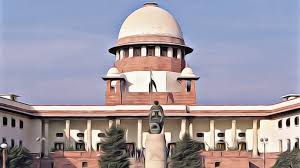

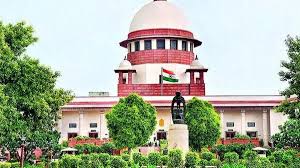









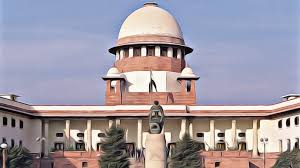




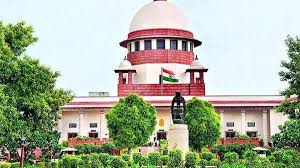



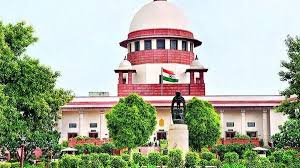
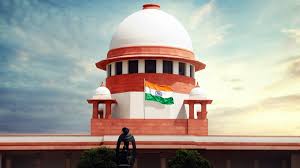



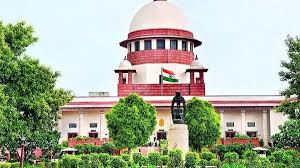














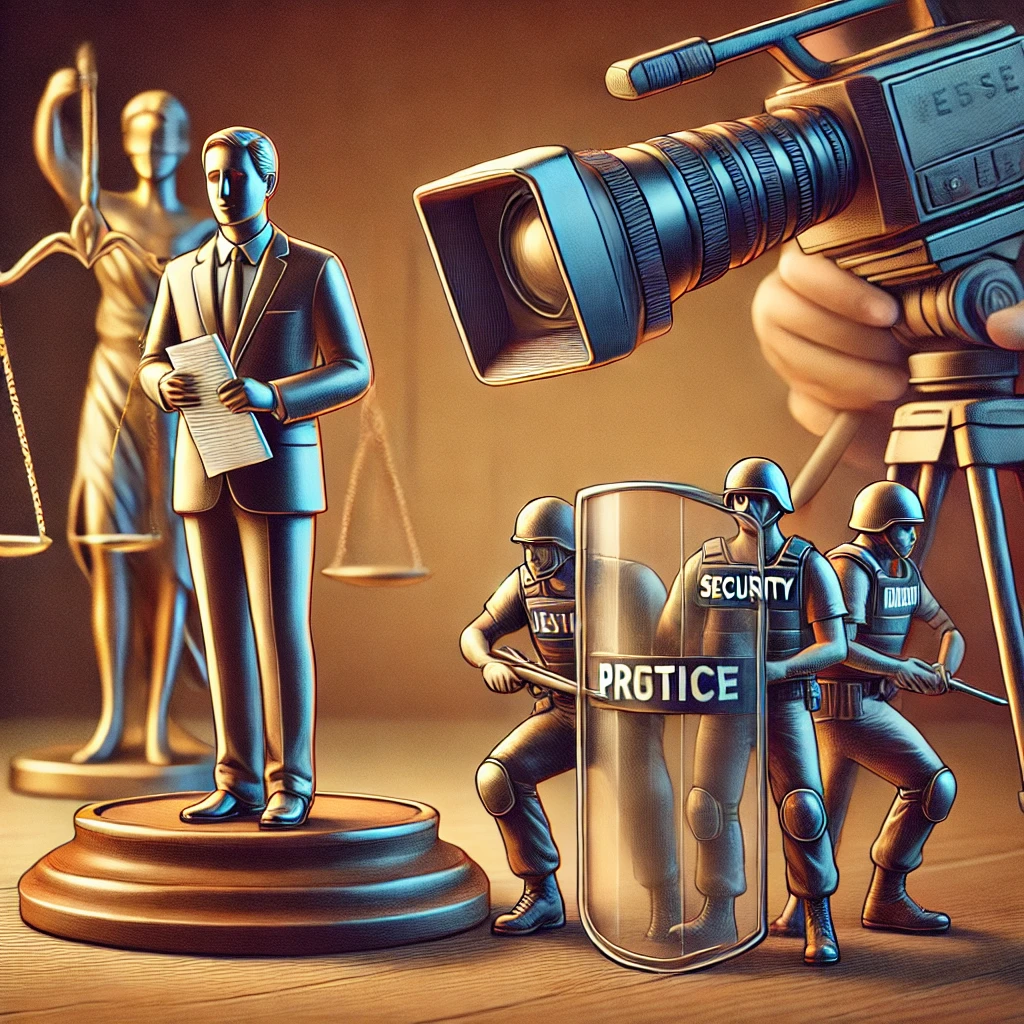

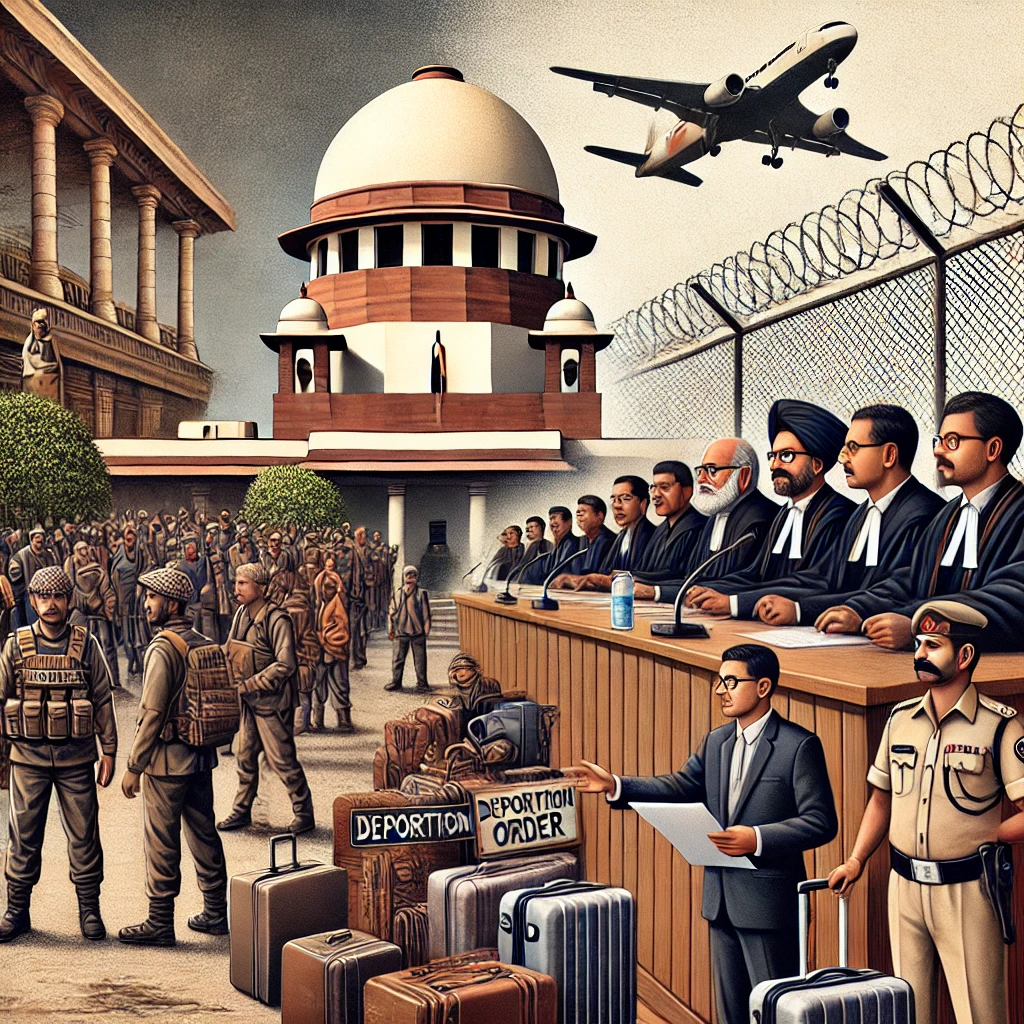
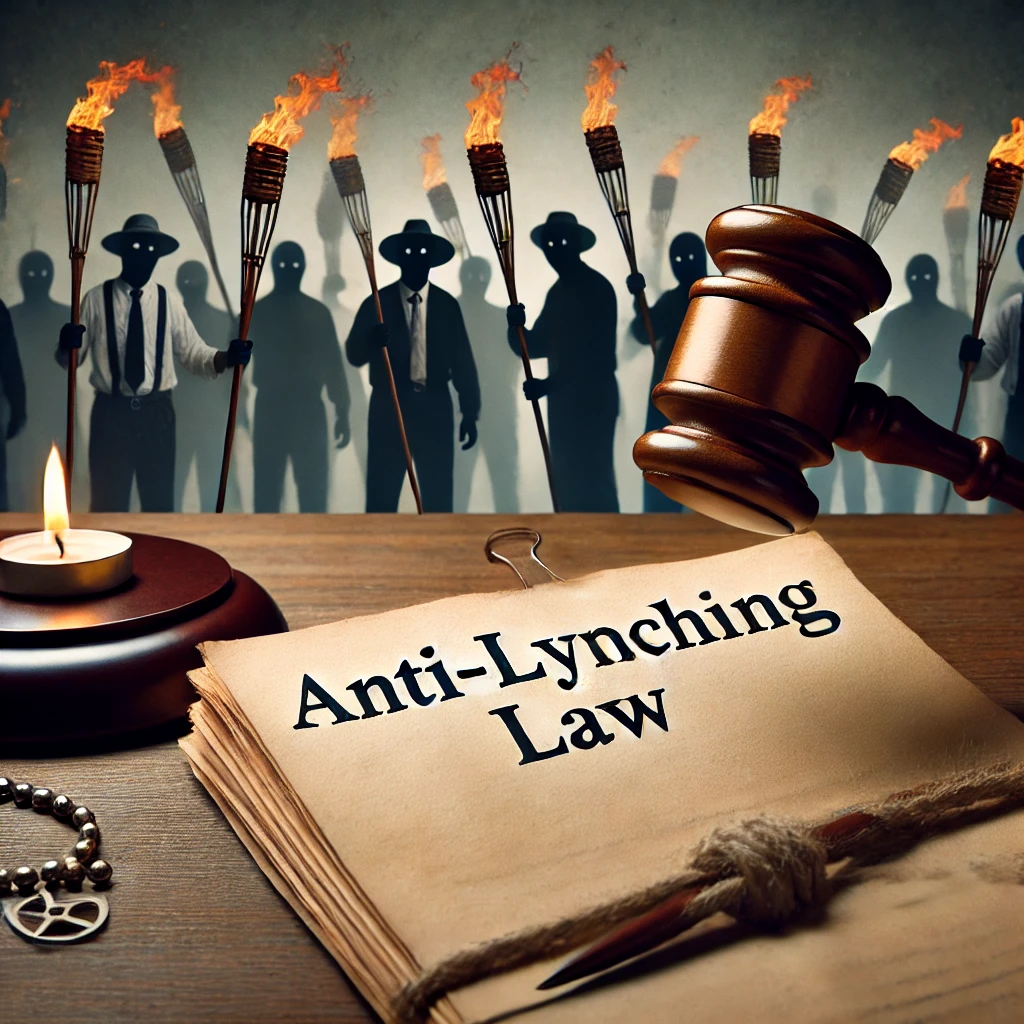
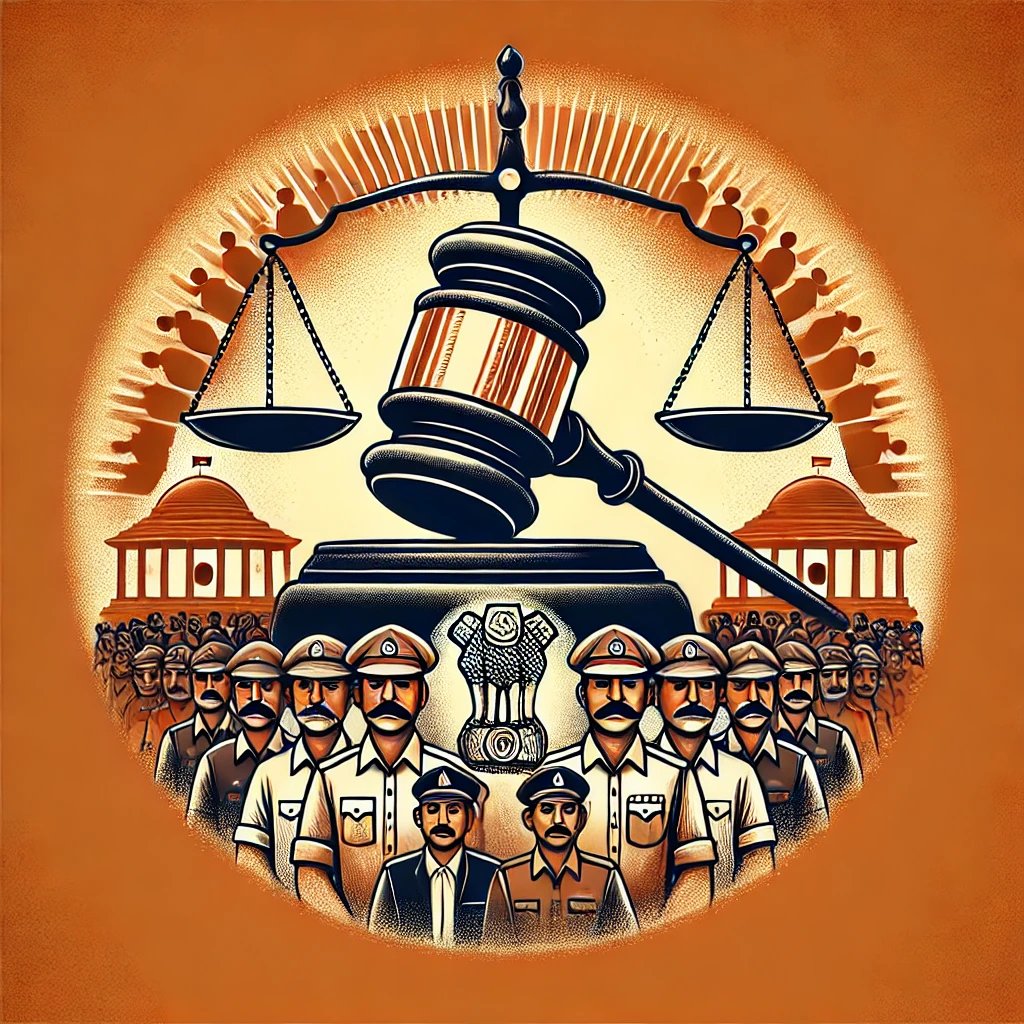

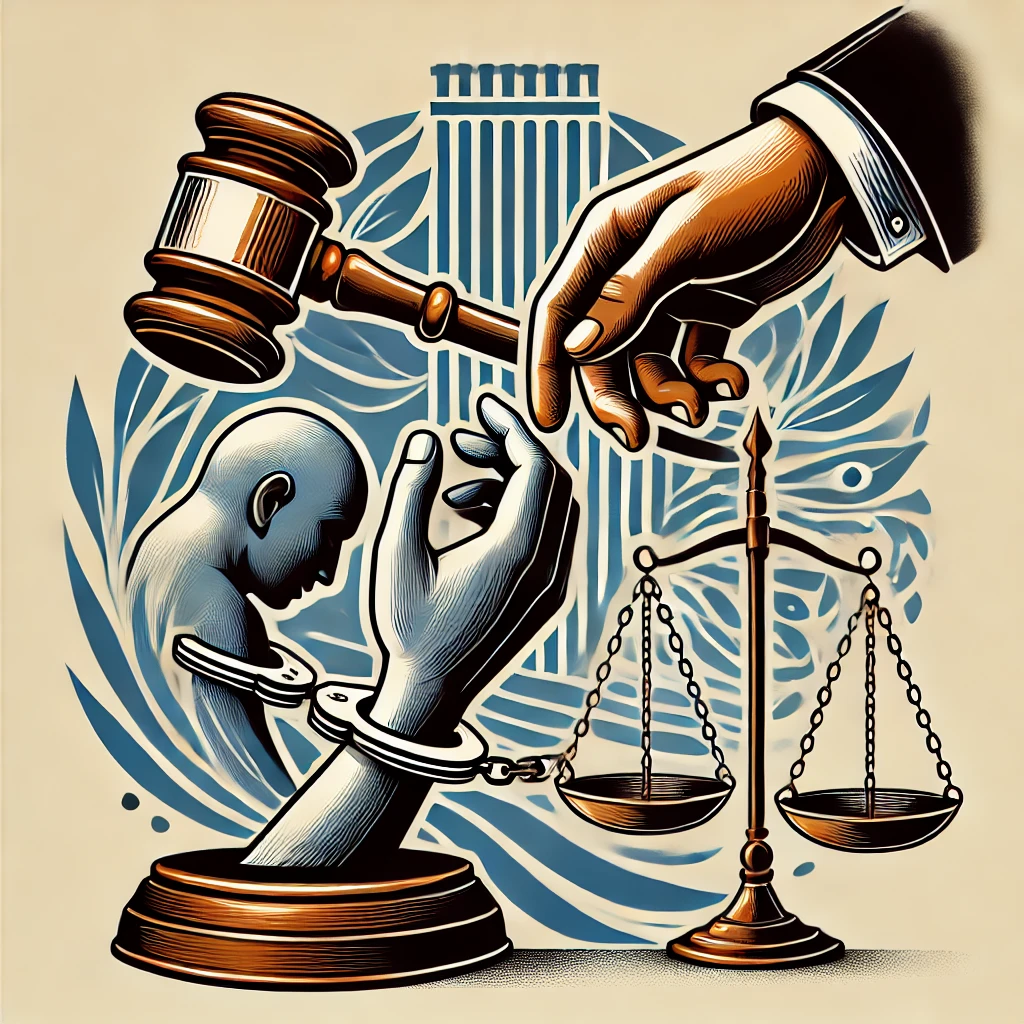
















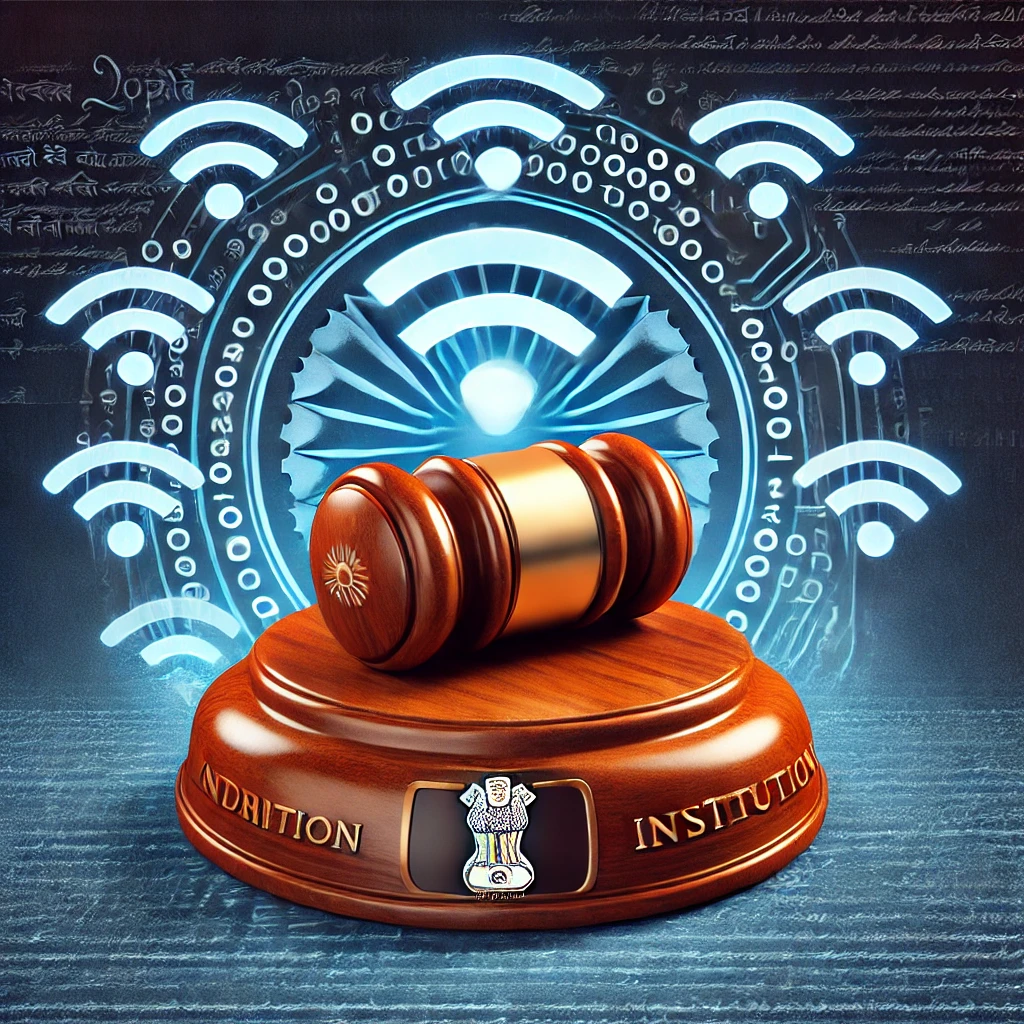
















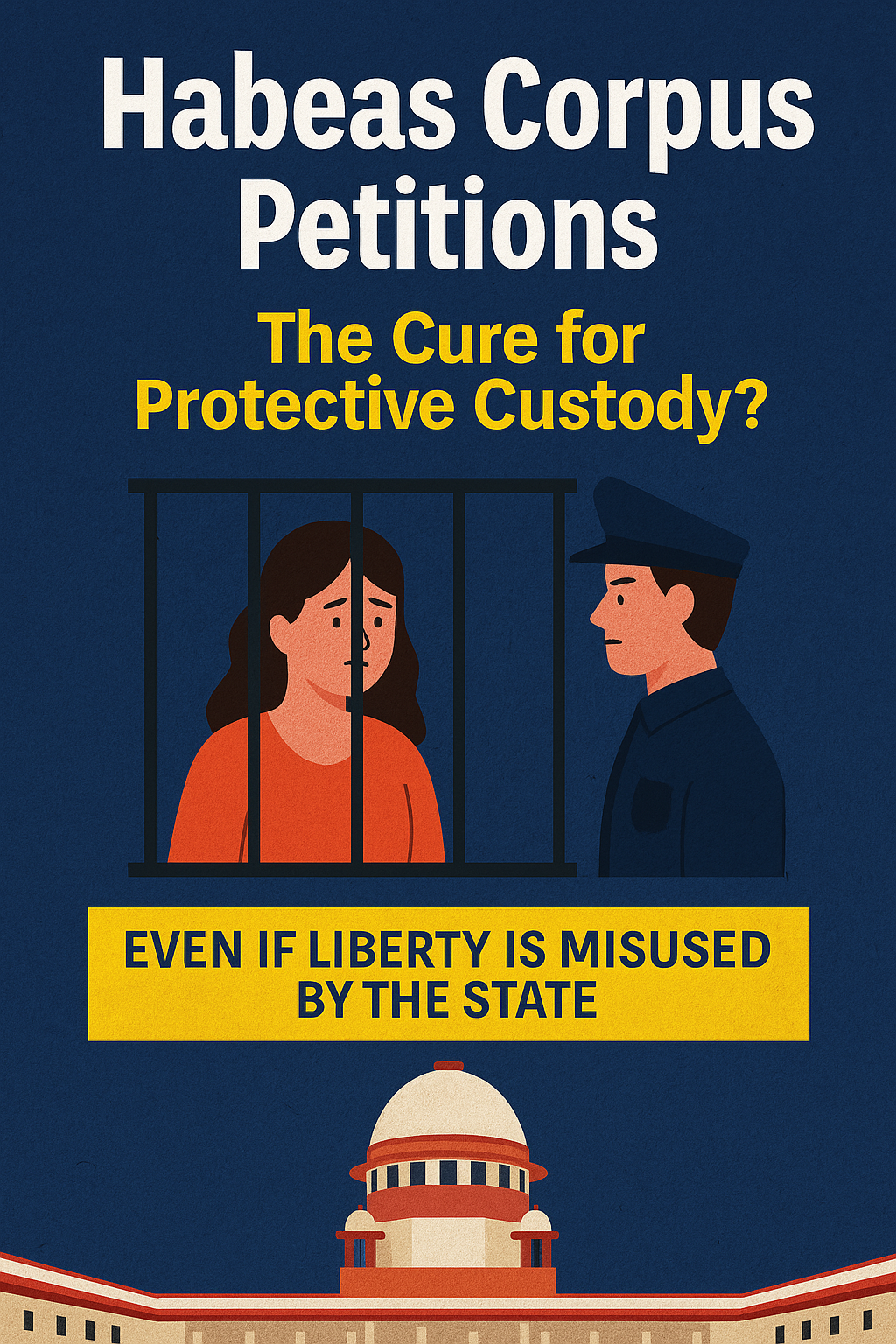









0 comments